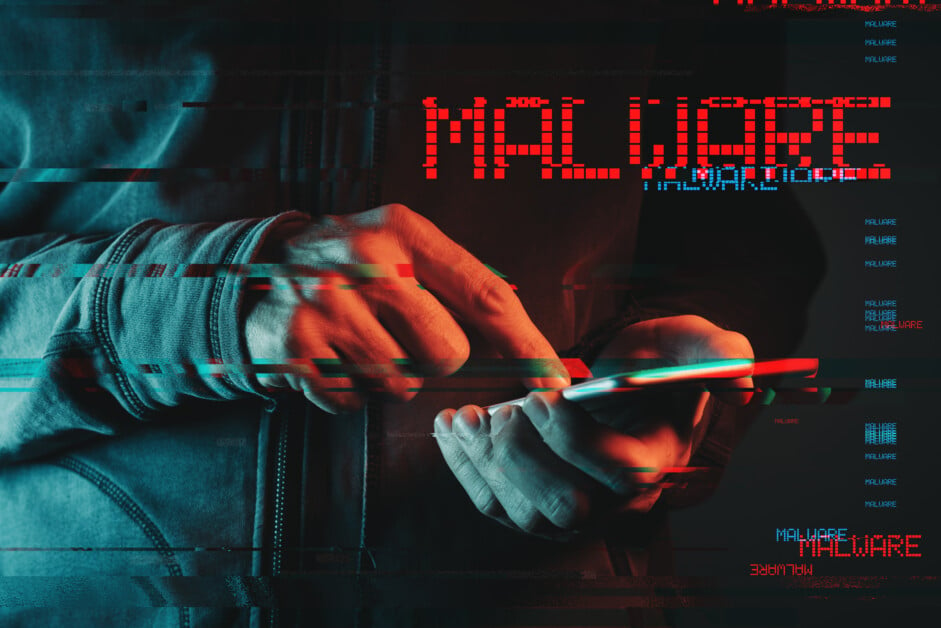The term “malware” is becoming more often used in the digital era, yet its actual meaning and purpose are unknown. Despite being the most ubiquitous danger, few people grasp its nature and the need to defend against it. This blog tries to explain what malware is and why everyone should be concerned, whether it be an individual, small business or corporation.
Understanding Malware: The Basics
Malware is any software intentionally designed to cause damage or annoy a user through unsolicited advertising, find vulnerabilities and steal private information. This involves various sorts of malignant programming that can take on multiple forms and payloads. Every malware has these harms to users in common, so while their ways may be different, they are all born out of malice.
Types of Malware
What is malware, and how does it work? Malware comes in a variety of forms, each with its own set of features and operations. Some of the most frequent kinds are:
- Viruses: A virus is a form of malware that connects to an existing program so when the program runs, it spreads it to other programs or files.
- Worms: They are able to proliferate autonomously throughout networks, frequently taking advantage of security breaches in software and sneaking into entire systems without the need for any user intervention.
- Trojan Horses: Named after a deceptive strategy used in ancient warfare, a Trojan horse costumes itself as authentic software. After installation, it allows the execution of illicit and malicious actions like data theft.
- Ransomware: The most common type of malware, ransomware encrypts a user’s files and blackmails the owner for access to them. Failure to pay frequently means your data is lost forever.
- Spyware: Created with the objective of collecting information about a user secretly. It is designed to log keystrokes, take screenshots and exfiltrate sensitive data for later use in identity theft or corporate espionage.
- Adware: Adware is generally less harmful than the above mentioned type, but on the other hand, it irritates users by pushing a lot of advertisements.
- Rootkits: Rootkits are an especially dangerous type of malware that allows unauthorised parties to access system files, logs and processes on a user’s device.
How Malware Spreads
Malware can spread through various channels, taking advantage of different vectors to infiltrate systems. Some common methods of malware distribution include:
- Email Attachments: Malicious Word document or link in phishing emails. Opening these attachments or e-mails may prompt users to unwittingly infect their devices with malware.
- Infected Websites: A user accessing a restricted area of the internet with malicious intent might encounter drive-by downloads, where simply visiting a webpage can trigger automatic downloads without permission, compromising privacy.
- Removable Media: anything that can be removed from a system, including USB drives, external hard drives and others, comes with the risk of transporting malware.
- Software Downloads: Downloading software or files from unreliable sources can infect a system with malware.
- Network Vulnerabilities: Malware can spread over networks through network protocols, applications, or operating systems and in some cases, without end-user intervention, using the same network to infect by exploiting vulnerabilities.
Why You Should Care About Malware
The consequences of a malware infection can be severe, affecting both individuals and organisations. Here are some reasons why you should be concerned about malware:
- Data Loss: Malware may remove, encrypt or corrupt files, with the risk of permanently losing your precious data because documents, picas and work will be destroyed.
- Financial Impact: Malware-based ransomware, identity theft and criminal activities conducted in your name aren’t going to be great for your bank balance.
- Privacy Breaches: One of the most common reasons why malware is programmed and used for cyber attacks is in attempts to steal things such as passwords, banking details or even personal identification.
Caroline is doing her graduation in IT from the University of South California but keens to work as a freelance blogger. She loves to write on the latest information about IoT, technology, and business. She has innovative ideas and shares her experience with her readers.





![‘Anemone’ Review – Ronan Day-Lewis’ Debut Feature Is A Bold Visual Feast Anchored By Daniel Day-Lewis’ Tremendous Return [NYFF 2025] ‘Anemone’ Review – Ronan Day-Lewis’ Debut Feature Is A Bold Visual Feast Anchored By Daniel Day-Lewis’ Tremendous Return [NYFF 2025]](https://cdn.geekvibesnation.com/wp-media-folder-geek-vibes-nation/wp-content/uploads/2025/09/Anemone-Still-300x126.jpg)
